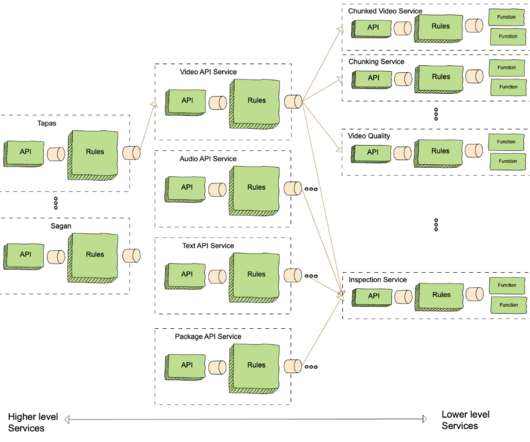DevOps automation: From event-driven automation to answer-driven automation [with causal AI]
Dynatrace
JULY 24, 2023
The evolution of DevOps automation Since the concept of DevOps emerged around 2007 and 2008 in response to pain points with Agile development, DevOps automation has been continuously evolving. For example, consider an e-commerce website that automatically sends personalized discount codes to customers who abandon their shopping carts.
















Let's personalize your content